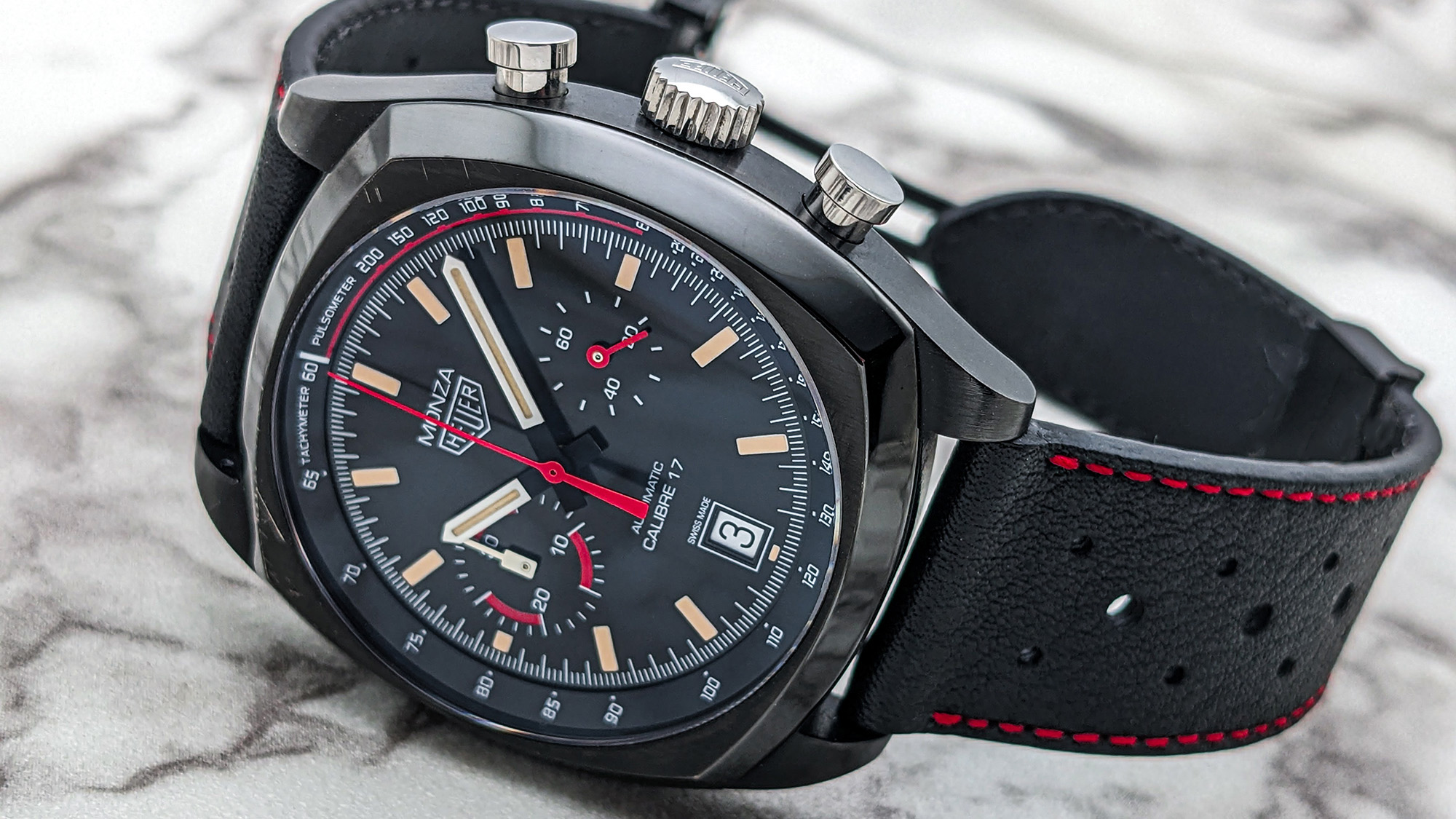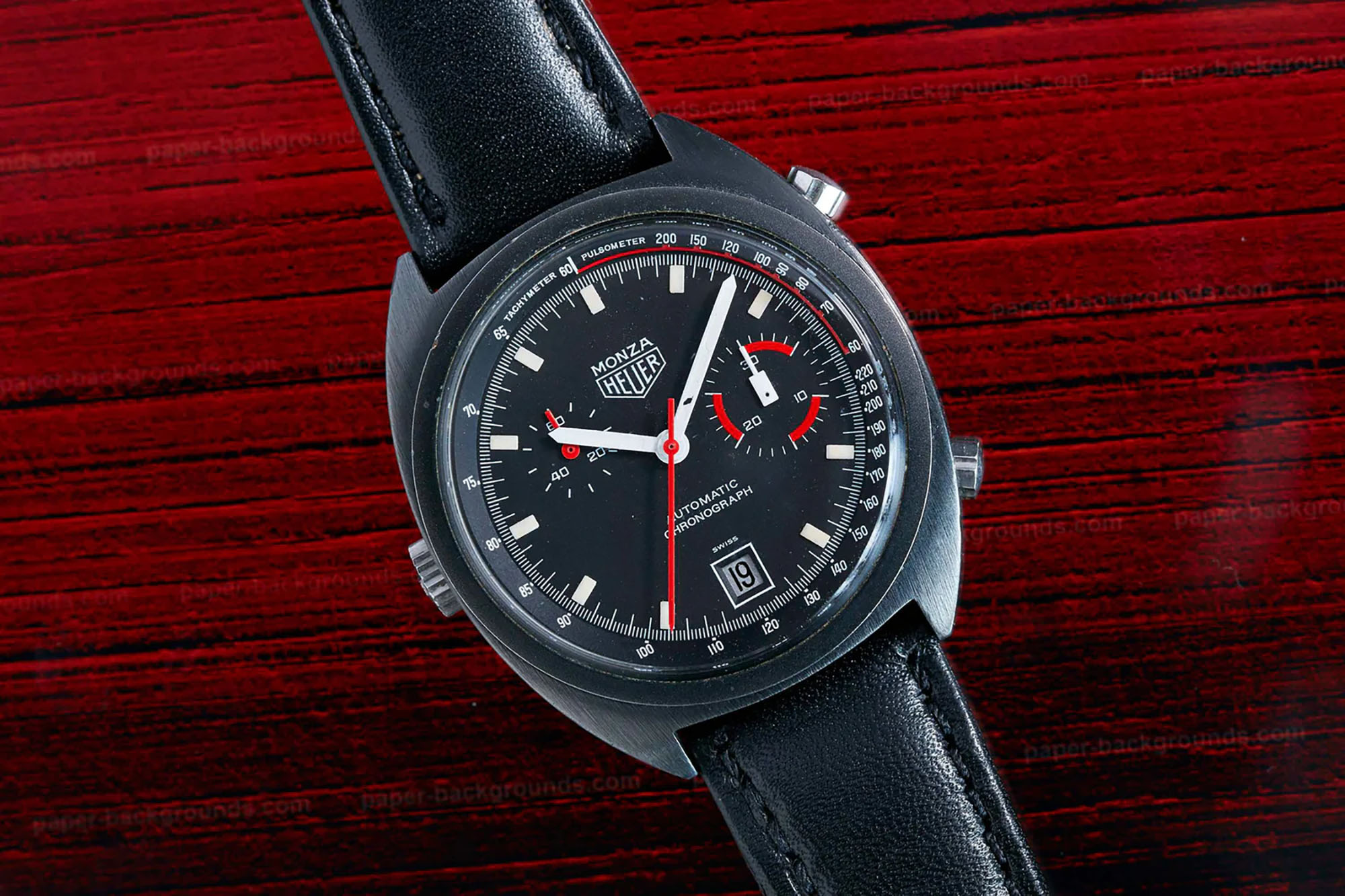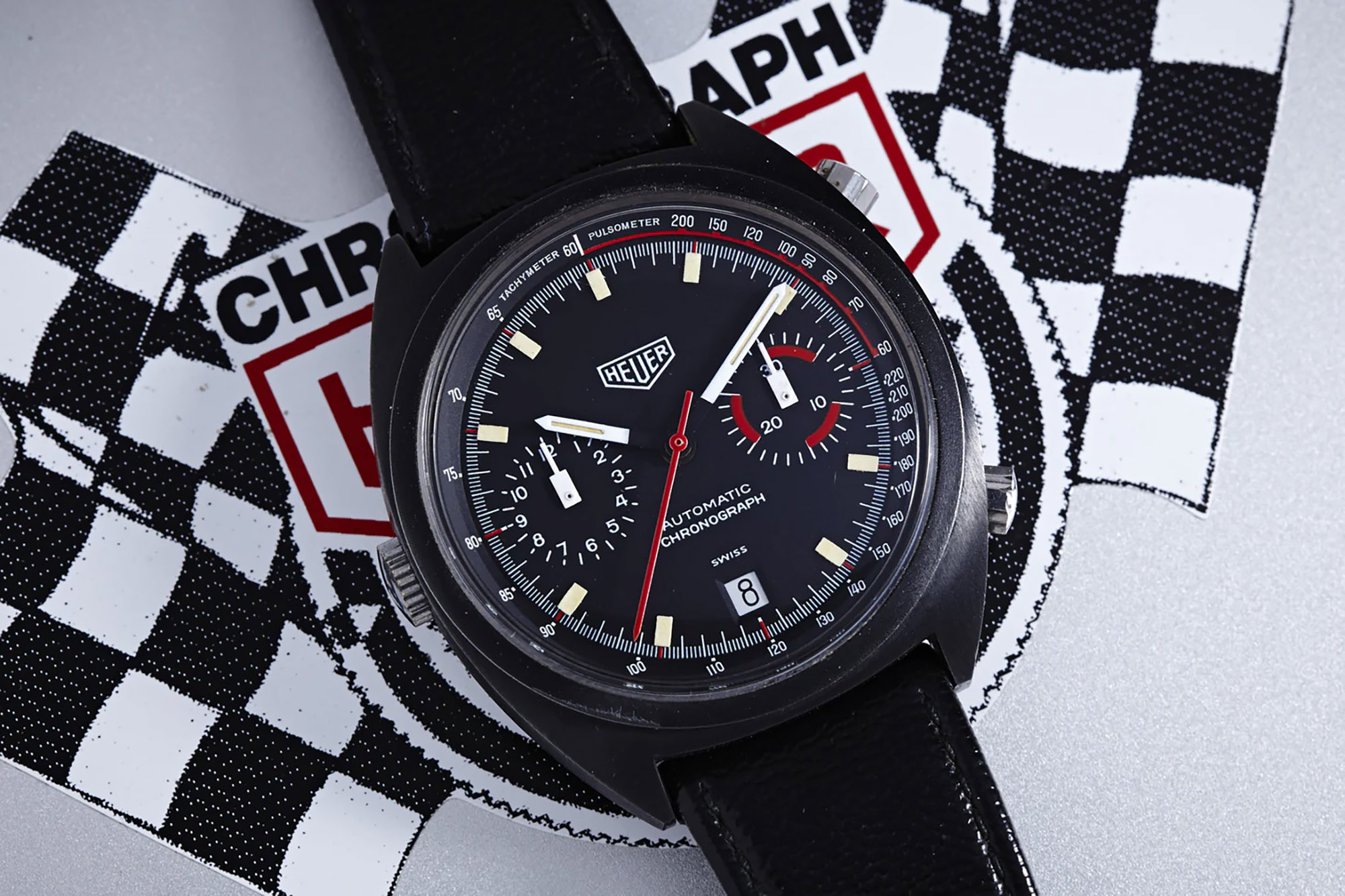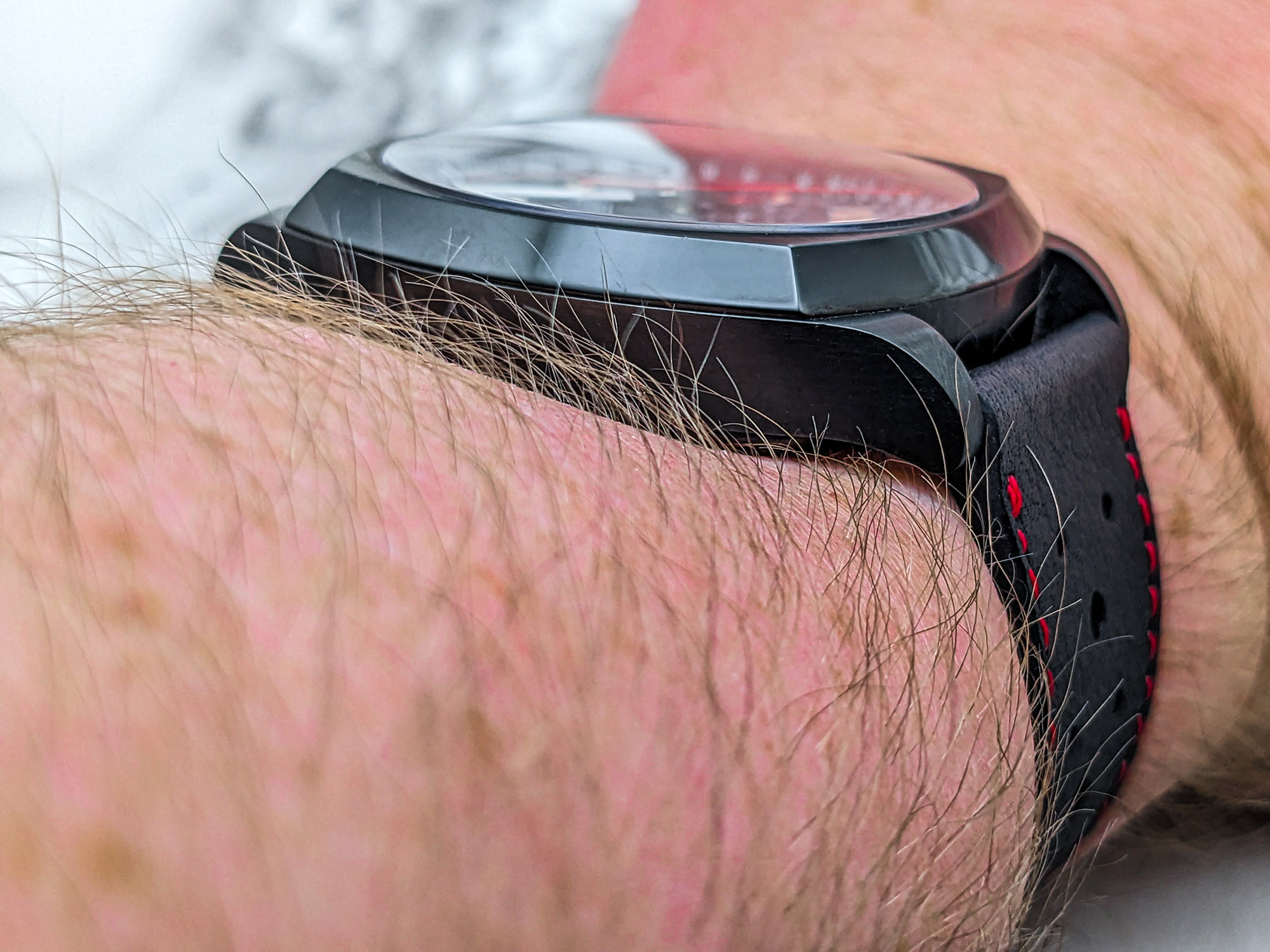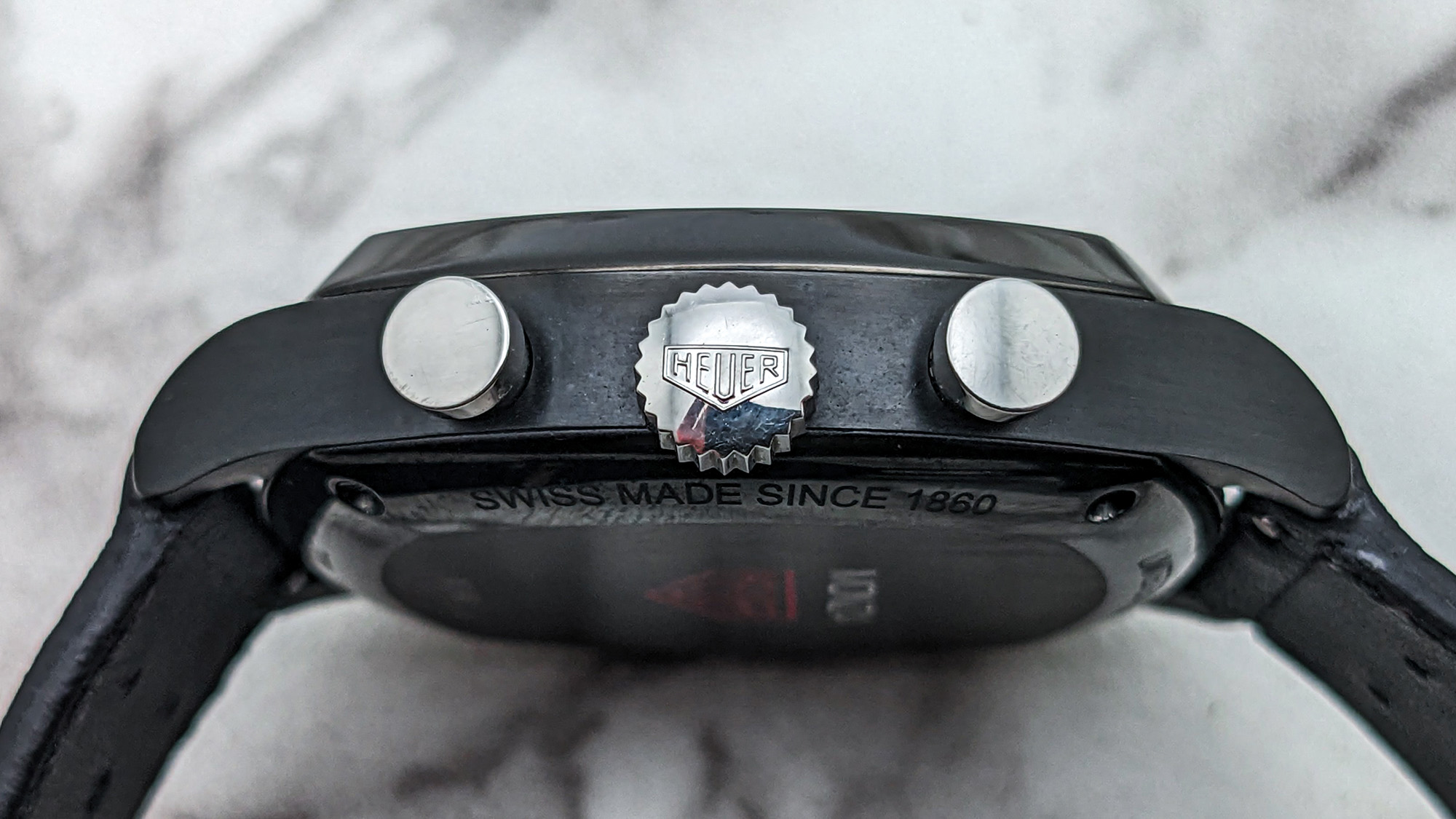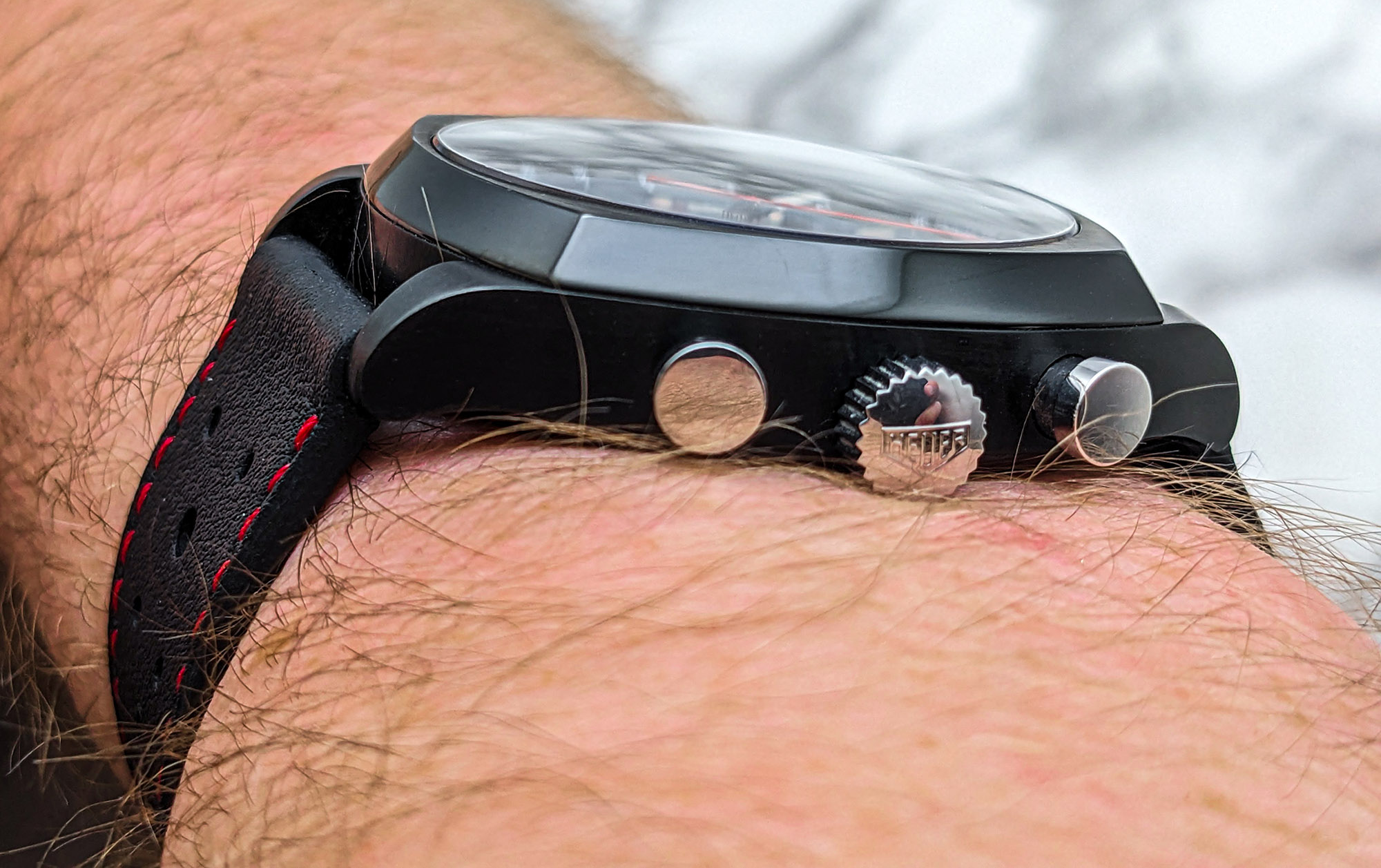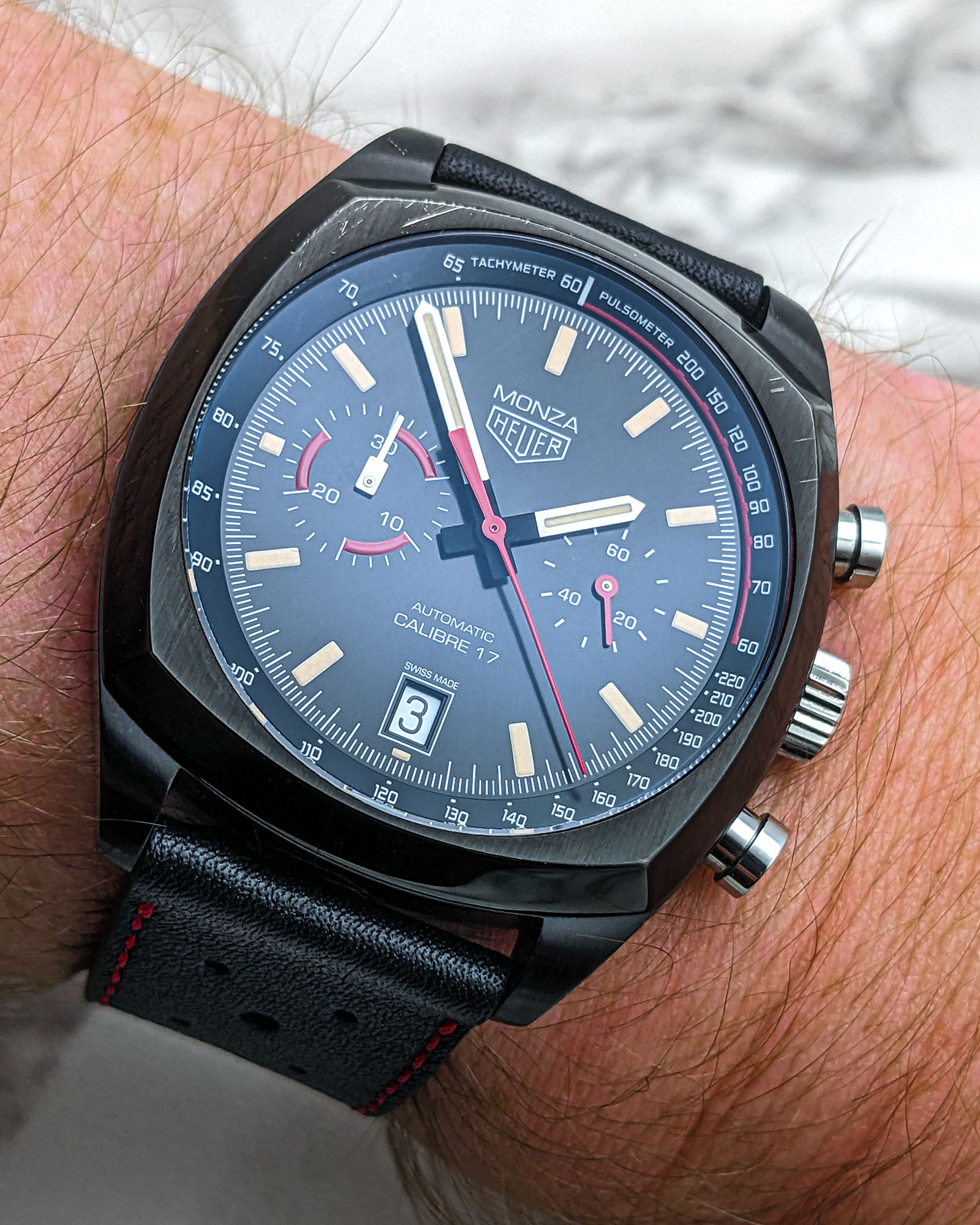
We here at aBlogtoWatch have spoken extensively about the rise of vintage-inspired reissue designs in the watch industry over the past decade or so, analyzing both the reasoning behind brands returning to archival styles and the public’s reaction to these classic revivals. The trend of reimagining classic references for modern audiences shows no signs of slowing in 2023, and while these modern reinterpretations of classic designs generally outperform their forebears in every practical sense (fit and finish, movement performance, and quality control, to list a few), the luxury watch business is not a practical place. A modern redesign of a classic vintage watch is almost always going to struggle against its original predecessor in one important way – styling and design. Rather than creating a new watch from a clean slate to work with modern sizing expectations, manufacturing cost limitations, and movement constraints, a brand creating a vintage reissue has to work backward to the final design by massaging a vintage model to meet modern expectations. Barring a handful of ultra-faithful modern reissue series that maintain identical proportions and sometimes even identical movements to their vintage predecessors, the majority of vintage-inspired designs end up compromising the original model’s stylistic vision in some aspect. In many cases, these concessions to modernity undercut the look and feel of the final watch, leading purists to seek out examples of the original rather than purchasing the reissue.
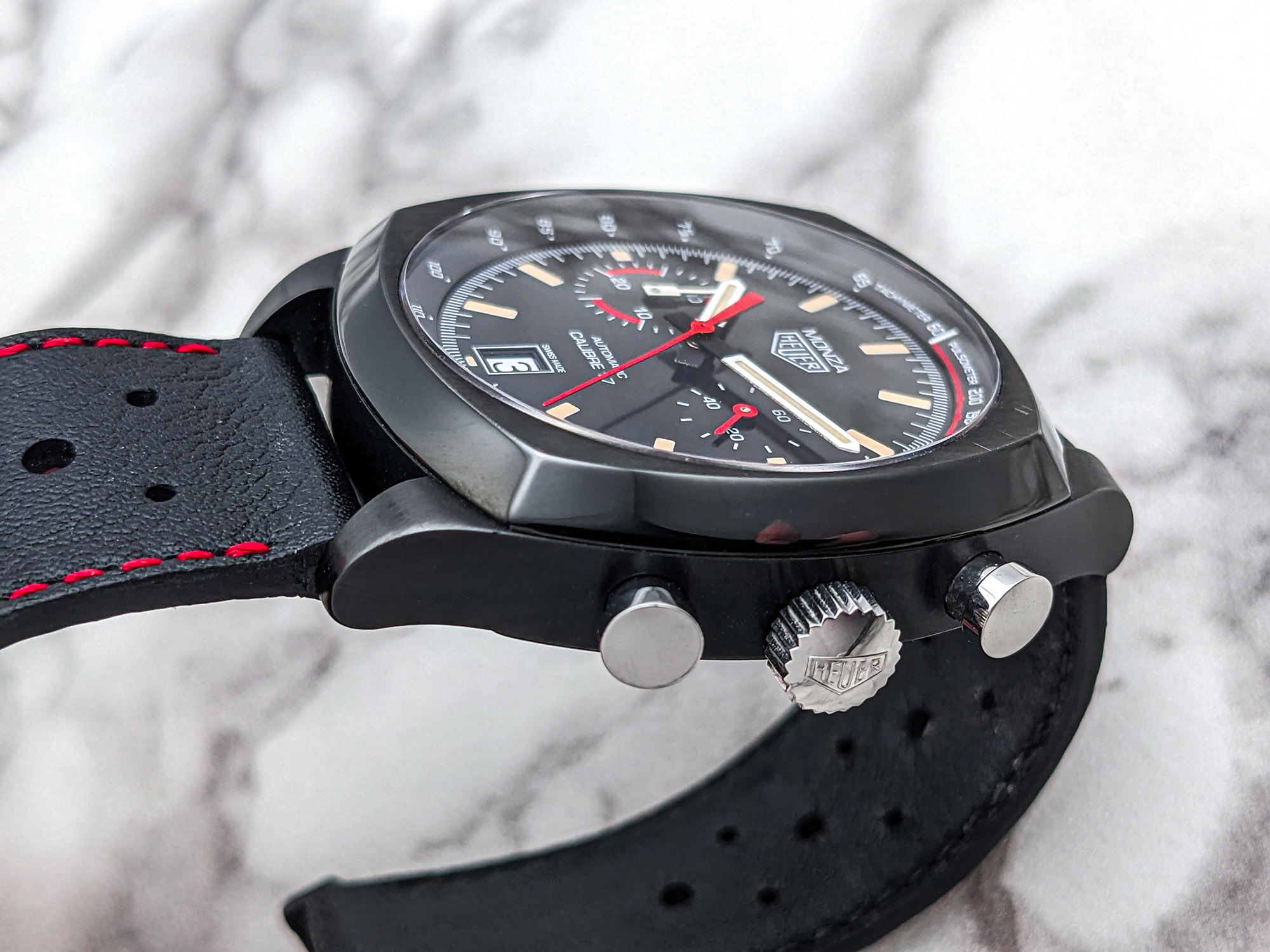
However, there are times when these modern concessions genuinely improve the balance and aesthetics of the original core design, and the 2016 TAG Heuer Monza is a prime example of this. Although the Monza line has returned to the TAG Heuer stable for 2023, the current iteration is more of an avant-garde reboot than a true reissue, but the 2016 model strikes an impressive balance between styling, finishing, and capability, proving that vintage-inspired watches can sometimes truly surpass their inspirations at times.
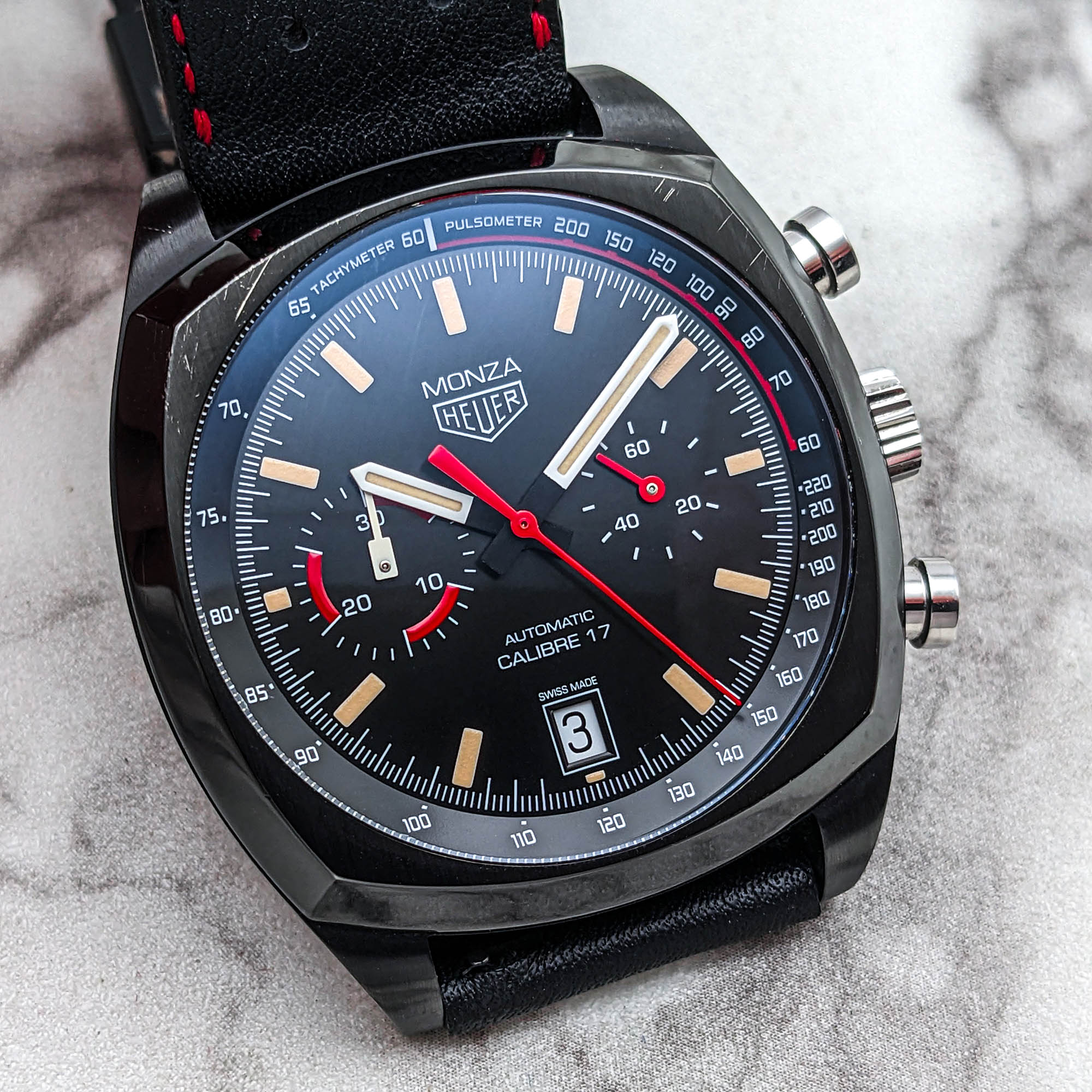
The 2016 TAG Heuer Monza begins to diverge from the original 1976 Heuer Monza through its 42mm-wide grade 5 titanium case. Rather than trying to recapture the 39mm-wide C-case form of its ‘70s forebear, this version instead draws from the ‘30s-inspired 2000 Monza design while upsizing the cushion case significantly. The resulting mix of an enlarged ‘30s-style case, contrasting bare stainless steel for the crown and pushers, and a black DLC finish echoing the black chrome of the ‘70s model should not harmonize on paper, but on the wrist it works to create something decidedly more elegant and nuanced than the classic Heuer Monza design. As a start, there’s far more in the way of case finishing. Rather than the brutally simple sharp case side corners and uniform brushing of the original, the Monza’s tall rounded-square bezel allows for broad, polished facets, which work in conjunction the finer directional brushing of the upper surfaces to create a mix of highlights and shadows on the wrist. While this does take away some of the brutal purpose-built simplicity of the ‘70s Monza design, this new layout is easier to live with in day-to-day wear, and still feels vintage in its own right. This squarish cushion case profile doesn’t immediately come across as a prewar design, and slots more or less naturally into the suite of adventurous case forms Heuer had on display in the ‘70s. Likewise, the 42mm-wide sizing is not far removed from the larger Autavia and Montreal designs in the ‘70s Heuer stable, while the black DLC coating, short lugs, and titanium base material work to visually compact the design on the wrist while keeping the overall weight light and comfortable. TAG Heuer keeps the caseback clean and pared-back, but adds some style to the flat bare stainless steel caseback design of the original with a case-matching black DLC coating and a sharply engraved Heuer shield emblem in red. This DLC coating also wears its (minor) scars far better than the brass base material of its predecessor, allowing incidental scratches to shine through more subtly while reinforcing the sense of age like a well-worn pair of blue jeans.
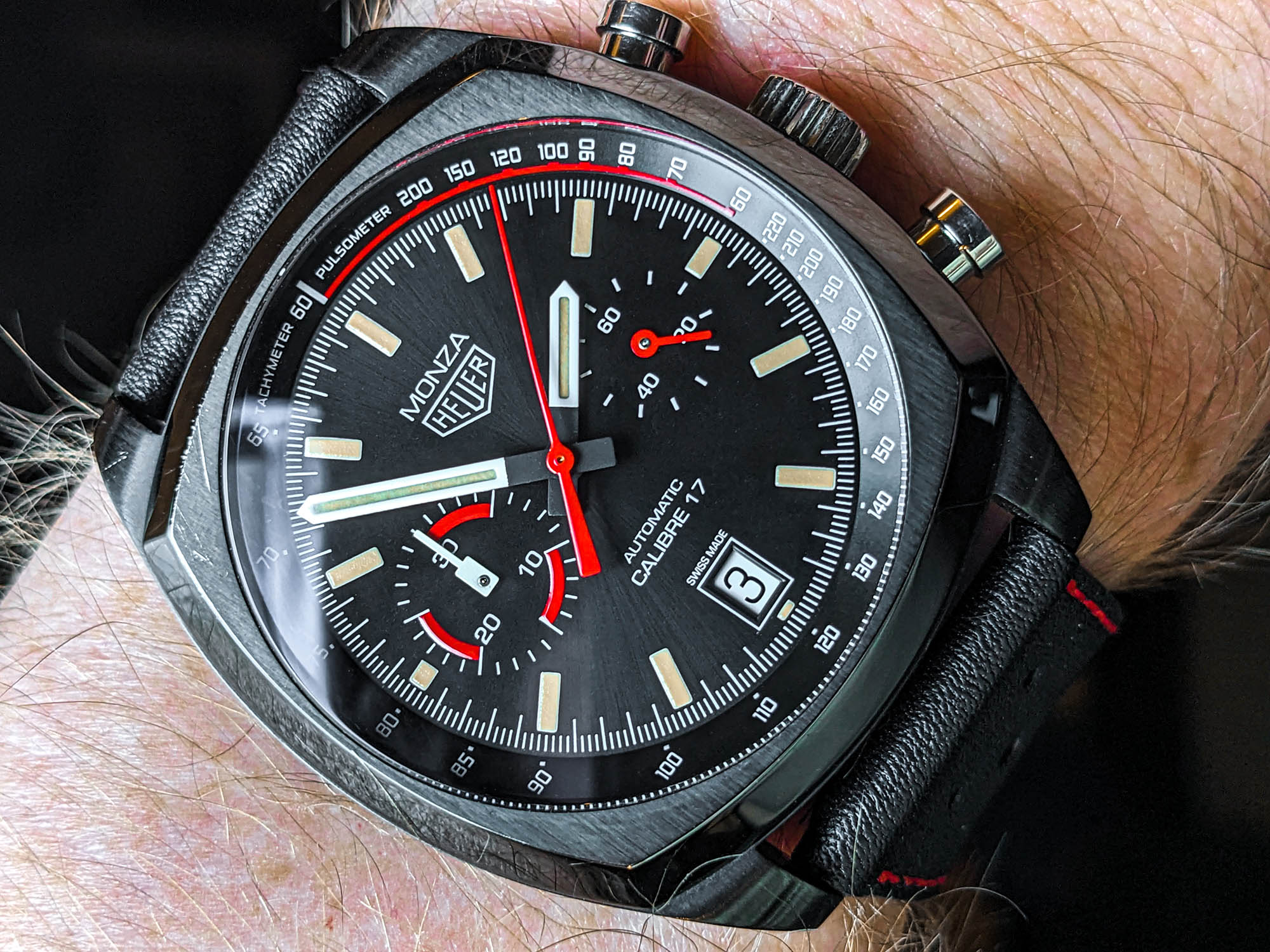
Although the case takes a more dramatic departure from the ‘70s original, the dial of the 2016 TAG Heuer Monza offers a subtler update to both the classic Calibre 15-powered original Monza, and the rare Calibre 12-powered Heuer Monza “Niki Lauda” of 1978. The dial layout is largely carried over from the ‘70s original, with white-edged pointed baton hands alongside simple printed luminous rectangular hour indices. The subdial placement is dictated by the Calibre 17 movement here, but this concession to an existing movement forces TAG Heuer to creatively mesh the best elements of previous Monza dials together. Like the 1978 “Niki Lauda,” this is a classic two-register layout with subdials at 3 o’clock and 9 o’clock, although the minutes counter is moved to the 9 o’clock position. From the more familiar Calibre 15 model, the 2016 Monza inherits a running seconds subdial, as well as its greatest visual standout – its asymmetrical “big eye” chronograph minutes register. Not only are the trio of striking red marks and the square-based subdial hand lifted directly from the 1976 model, the size differential between the two subdials is a concept from the original as well. TAG Heuer refines the formula for this as well, however, with more balanced proportions between the two subdials and a more visually pleasing symmetrical layout than the 3 o’clock and 10 o’clock arrangement used by the Calibre 15 model.

The combination tachymeter and pulsometer scale with its blazing Ferrari-inspired Rosso Corsa accents is another continuation from the Monzas of the ‘70s, but the addition of glossy printing to the red scale elements adds a more premium feel. Lastly, there’s the dial surface itself. The original Heuer Monza models were never particularly deep in terms of layering thanks to their simple printed subdials, and while the 2016 Monza continues in that vein it adds its own subtle visual depth thanks to a faint, finely grained sunburst dial texture. It’s a surface that whispers rather than shouts, but from certain angles, this texture greatly elevates the feel of the design, while adding a slight warm brown tint that harmonizes well with the khaki lume used for the hands and indices.
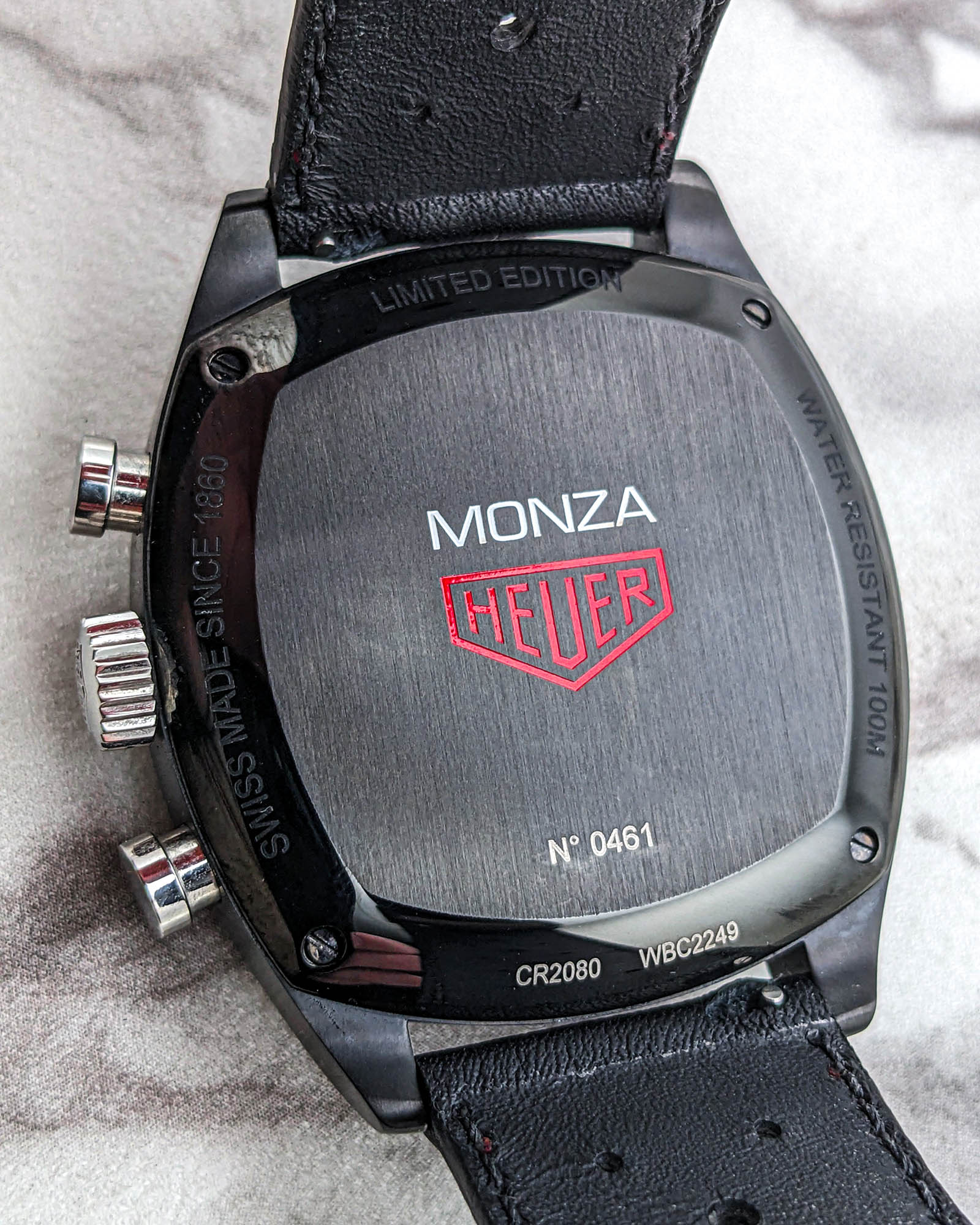
Although the modular, ETA 2894-based Calibre 17 automatic chronograph movement inside the TAG Heuer Monza may not have the same cache among enthusiasts as the Calibre 12 that preceded it or the wild, skeletonized Heuer 02 COSC Flyback inside the new 2023 model, it nevertheless offers reliable performance. This is a rugged, easily serviced movement, although the 38-hour power reserve does come off as dated in the modern market. This serviceability is a major benefit over a more exotic in-house powerplant, however, and although this piece came to me in need of dire movement repair TAG Heuer’s factory servicing team was able to easily return it to as-new condition and it currently runs at a solid +3 seconds per day on average.
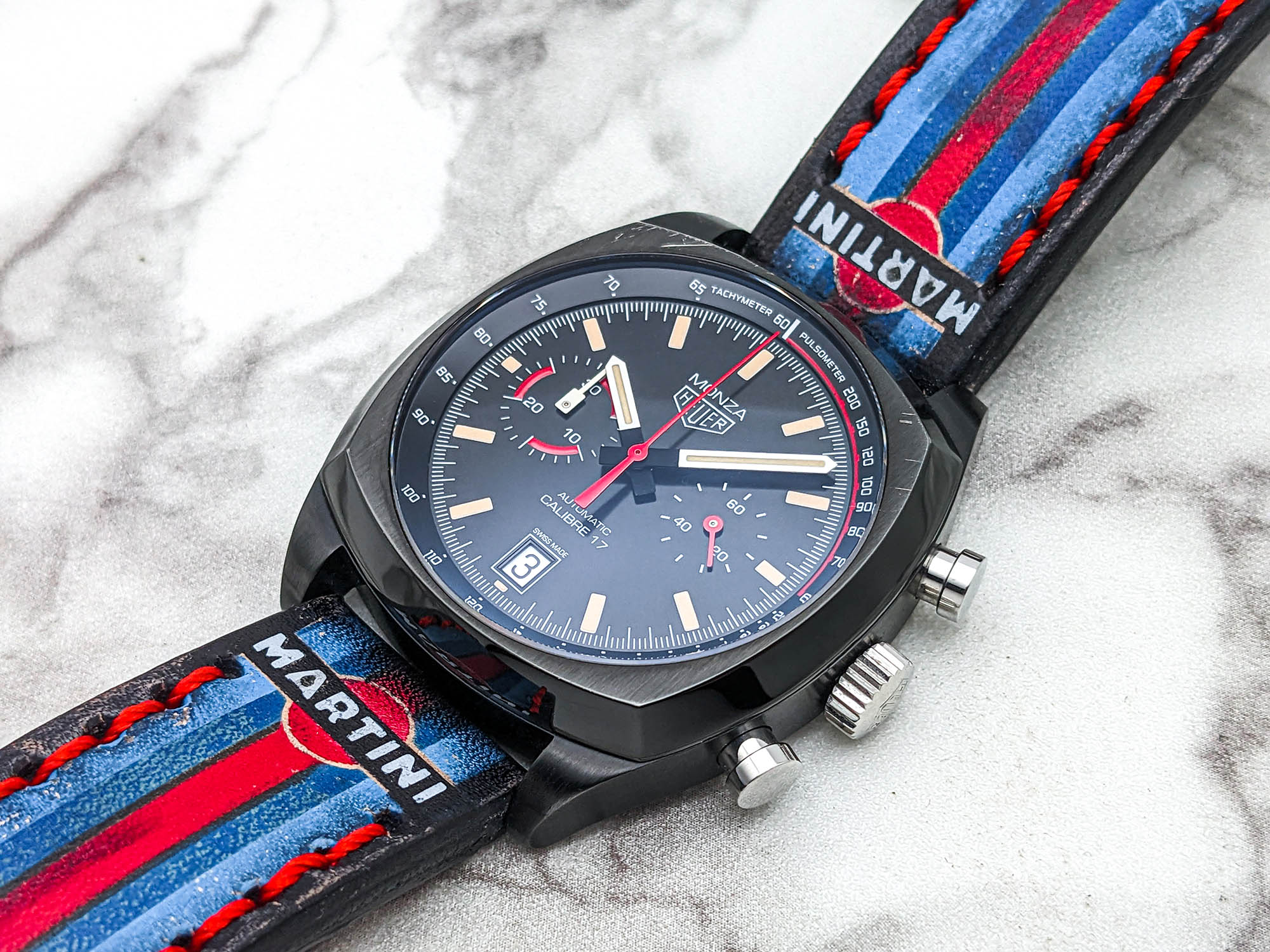
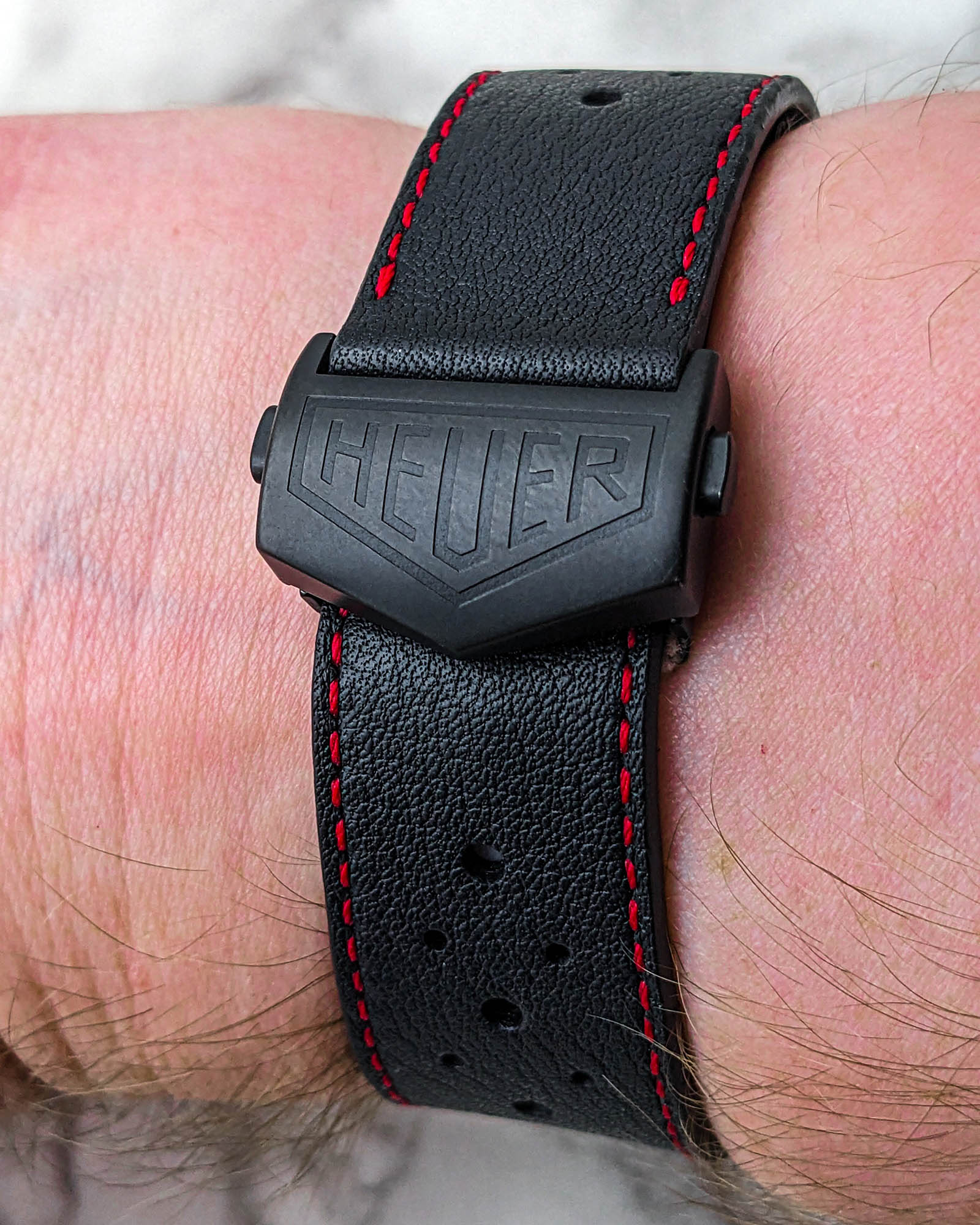
Originally, the 2016 Monza came paired with a “big hole” leather rally strap in clean, stitchless black, but unfortunately this example’s factory strap was lost by the original owner. However, this is a watch that can reward both restrained and flamboyant strap pairings, and most of its time is spent alternating between a “small hole” rally strap in supple black leather and a wild, custom-painted Martini Racing-themed leather strap made specifically for this watch.

Reinterpreting a classic design while actually improving the original concept beyond technical advancements is a rare achievement. In redesigning a vintage watch for the modern watch, something is almost always lost in translation, but every once in a while that translated work surpasses the original. The 2016 TAG Heuer Monza is a rare instance of the remake surpassing the original work, and although the Monza line has since moved on to more complex, aggressive, and futuristic territory, this “best of both worlds” approach remains a beacon to watch brands aiming to create new classics out of beloved vintage models.

